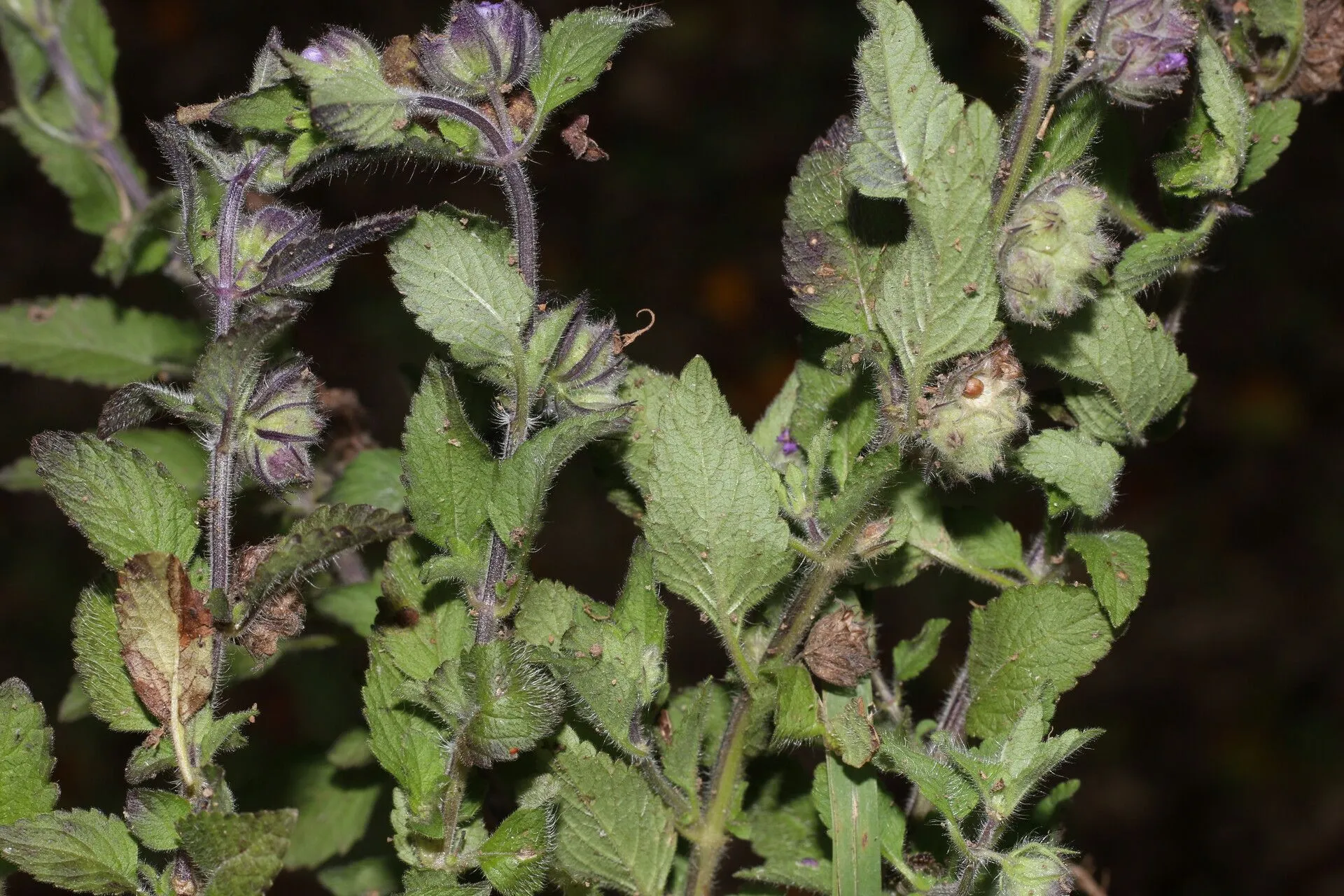
Author: (Vahl) Kuntze
Bibliography: Revis. Gen. Pl. 2: 524 (1891)
Year: 1891
Status: accepted
Rank: species
Genus: Marsypianthes
Vegetable: False
Observations: S. Mexico to Trop. America
Ortela, scientifically known as Marsypianthes chamaedrys, is a fascinating plant that belongs to the Lamiaceae family. This plant species was first classified in “Revis. Gen. Pl.” in 1891 by the botanist Kuntze, who based his work on the earlier observations by Vahl.
Ortela is mainly found from southern Mexico spreading across tropical regions of America. This wide distribution highlights its adaptability to various tropical climates. It is intriguing not only for its botanical characteristics but also for the potential uses and ecological roles it may play in these diverse environments.
As a member of the Lamiaceae family, Ortela is related to many other well-known aromatic plants. This family is famous for several species that are important in culinary, medicinal, and ornamental applications. Ortela adds to the rich tapestry of this family’s contributions to both natural ecosystems and human uses.
In natural habitats, Marsypianthes chamaedrys can often be spotted thriving in warm, tropical conditions where its growth conditions are optimal. The ecological role of Ortela in such regions may include serving as a food source for various insects and potentially offering medicinal properties that have yet to be fully explored by science. Further studies could provide deeper insight into the plant’s specific ecological interactions and benefits.
Given its widespread presence from Southern Mexico through Tropical America, the study and conservation of Ortela are significant for maintaining biodiversity in these regions. Understanding how Ortela interacts with other plants, animals, and the wider environment can help in developing strategies to preserve both the species itself and the ecosystems in which it resides.
In summary, Ortela (Marsypianthes chamaedrys) represents a valuable piece of the tropical American plant mosaic. Its presence across multiple tropical locales underlines its importance within the rich diversity of the Lamiaceae family and reinforces the necessity for continued botanical exploration and conservation efforts.
Eng: ortela
En: Ortela
Fr: Ti bombe blanc
Es: Chirrite
Taken Sep 19, 2009 by OTS – Oviedo-Brenes, Federico (cc-by-nc-sa)
Taken Sep 19, 2009 by OTS – Oviedo-Brenes, Federico (cc-by-nc-sa)
Taken Aug 29, 2014 by OTS – Oviedo-Brenes, Federico (cc-by-nc-sa)
Taken Jul 28, 2021 by Araujo Ednaldo (cc-by-sa)
Taken Nov 25, 2021 by Andre Carryon (cc-by-sa)
© copyright of the Board of Trustees of the Royal Botanic Gardens, Kew.
© copyright of the Board of Trustees of the Royal Botanic Gardens, Kew.
© copyright of the Board of Trustees of the Royal Botanic Gardens, Kew.
Taken Aug 28, 2021 by Zilli Valtair Zilli (cc-by-sa)
Taken Aug 28, 2021 by Zilli Valtair Zilli (cc-by-sa)
Taken Aug 19, 2022 by Zilli Valtair Zilli (cc-by-sa)
Taken Oct 31, 2021 by Rubens Curvelo (cc-by-sa)
Taken Apr 17, 2021 by Amorim Ana Paula (cc-by-sa)
Taken Aug 14, 2017 by Nelson Zamora Villalobos (cc-by-nc)
Taken Aug 14, 2017 by Nelson Zamora Villalobos (cc-by-nc)
Taken Aug 14, 2017 by Nelson Zamora Villalobos (cc-by-nc)
Taken Aug 14, 2017 by Nelson Zamora Villalobos (cc-by-nc)
Taken Aug 14, 2017 by Nelson Zamora Villalobos (cc-by-nc)
Taken Sep 27, 2016 by Nelson Zamora Villalobos (cc-by-nc)
Taken Aug 14, 2017 by Nelson Zamora Villalobos (cc-by-nc)
Taken Aug 6, 2015 by OTS – Oviedo-Brenes, Federico (cc-by-nc-sa)
Taken Aug 6, 2015 by OTS – Oviedo-Brenes, Federico (cc-by-nc-sa)
Taken Aug 6, 2015 by OTS – Oviedo-Brenes, Federico (cc-by-nc-sa)
Taken Aug 29, 2014 by OTS – Oviedo-Brenes, Federico (cc-by-nc-sa)
Taken Aug 29, 2014 by OTS – Oviedo-Brenes, Federico (cc-by-nc-sa)
Growth habit>: Forb/herb
Family: Myrtaceae Author: (F.Muell.) K.D.Hill & L.A.S.Johnson Bibliography: Telopea 6: 402 (1995) Year: 1995 Status:…
Family: Rubiaceae Author: Pierre ex A.Froehner Bibliography: Notizbl. Bot. Gart. Berlin-Dahlem 1: 237 (1897) Year:…
Family: Sapindaceae Author: Koidz. Bibliography: J. Coll. Sci. Imp. Univ. Tokyo 32(1): 38 (1911) Year:…
Family: Asteraceae Author: A.Gray Bibliography: Pacif. Railr. Rep.: 107 (1857) Year: 1857 Status: accepted Rank:…
Family: Fabaceae Author: Medik. Bibliography: Vorles. Churpfälz. Phys.-Ökon. Ges. 2: 398 (1787) Year: 1787 Status:…
Family: Aspleniaceae Author: (Cav.) Alston Bibliography: Bull. Misc. Inform. Kew 1932: 309 (1932) Year: 1932…